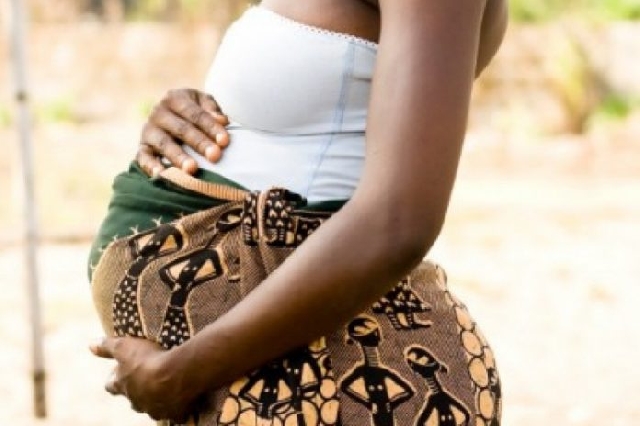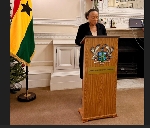Teenage pregnancy up 15.2% as Ghana misses 2022 target
 A pregnant teenager
A pregnant teenager
According to the most recent data from the Ghana Statistical Service (GSS), Ghana has missed its 2022 aim of reducing teenage pregnancy.
The government set a teenage pregnancy target of 12% for 2022 in its Health Sector Development Plan for 2022 to 2025, a significant decrease from the 14% observed in 2014.
However, according to the GSS's findings, the frequency of adolescent pregnancy rose to 15.2% in 2022.
Government Statistician Professor Samuel Kwabena Anim spoke at the 2022 Ghana Demographic and Health Survey presentation, Monday, June 5, 2023, at the Windy Lodge Hotel, Beach Site in Winneba, Central Region.
“If you go into the Health Sector Development Plan, you’ll see a target of 12.0%,” he stated, adding that: “Nationally, we are seeing 15.2% [per the] 2022 demographic and health survey. At the national [level], you see that we are off the target by 3.2% points.”
“What is more concerning is the extent to which we are off the target at the regional level. At the regional level, we identify six regions that are really off the national average which is 15.2%. This tells you that even though at the national level we are [generally] off the target, at the regional level we continue to see some regions that are deeper down off the target and this is the kind of reflection that we need to have if we really want to achieve our national target,” he noted.
“The difference between the region with the highest teenage pregnancy and the lowest is from 25.9% to 6.0%,” the government statistician informed the press.
“Then we look at the drivers,” he added. “Teenage pregnancy from the report that we’ve seen is mainly [caused] by [the lack of] education and wealth status of household[s].”
“We see significant differences between teenagers with no education having a rate of 24.3% and those with secondary or more having 12.5% as those being pregnant,” he elaborated. “And you see a difference of about twice those with no education relative to those with at least secondary education.”
Furthermore, per the 2022 Ghana Demographic and Health Survey, the Savannah area had the greatest prevalence of teenage pregnancies (25.9%), while Greater Accra had the lowest percentage (6.0%).
Ashanti (23.9%), North East (23.5%), Bono East (22.3%), Oti (21.1%), and Western North (18.9%), the other 5 regions, had rates that were greater than the national average.
Trending News

Ghana High Commission hosts health workshop to promote staff wellbeing
15:48
E/R: Police restore calm at Boadua
17:54
Sam George reveals past law enforcement leaks enabled cyberfraud in Ghana
16:15
PAJAG lauds gov't, rCOMSDEP for issuing first responsible cooperative mining permit
01:46
GHS urges Ghanaians to prioritise road safety during Christmas celebration
15:49
Ghana receives insurance payout for drought-affected farmers
12:36
Rev. Wengam and wife conclude 2025 Apostolic visit in Upper West Region
15:05
Domestic Violence Laws exist, but funding gaps continue to fail survivors — FIDA
15:31
Unsung officers credited with decline in 'landguardism' in Greater Accra
18:15
No case to answer: Justice Kulendi petition thrown out
14:59




